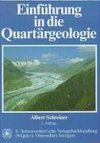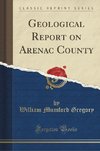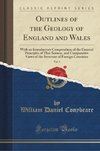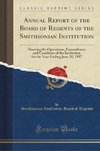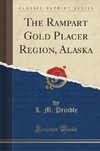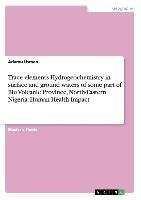
-
 Anglický jazyk
Anglický jazyk
Trace elements Hydrogeochemistry in surface and ground waters of some part of Biu Volcanic Province, North-Eastern Nigeria: Human Health Impact
Autor: Adamu Usman
Master's Thesis from the year 2012 in the subject Geography / Earth Science - Geology, Mineralogy, Soil Science, University of Jos (University of Jos, Nigeria, GeoMining), course: Hydrogeology and Engineering Geology, language: English, abstract: The Biu... Viac o knihe
Na objednávku
50.94 €
bežná cena: 56.60 €
O knihe
Master's Thesis from the year 2012 in the subject Geography / Earth Science - Geology, Mineralogy, Soil Science, University of Jos (University of Jos, Nigeria, GeoMining), course: Hydrogeology and Engineering Geology, language: English, abstract: The Biu Volcanic Province is one of the largest Volcanic Provinces in Nigeria covering an area of 5000 km2 with a thickness of 250m. The volcanoes are built up by essentially basaltic materials and are of two textural types namely: the Biu type, which is flow basalts, massive with vesicles, and the Maringa type, highly scoraceous and associated with pyroclastic deposits. Chemical analysis shows total hardness values of the waters in Biu volcanic Province ranges from 70 to 1666 mg/l indicating that the water from boreholes, wells and surface waters are moderate to very hard, therefore, not suitable for both drinking, washing and bathing. Geochemical analysis of the volcanic soil revealed the complete leaching of the major elements (CaO, K2O, MgO, MnO, and TiO2) from the surface soil probably into water sources. This may explain the extremely high Ca and K levels especially in the stream water where they display values of 348mg/l and 36 mg/l as against 200mg/l to 12 mg/l respectively of WHO admissible limits for drinking water. The accumulation of transition metals in the soil (Co 84-111ppm; Cr: 230-441ppm); Ni: 169-237ppm) is geogenic derived from the weathering of the host basaltic rock. Cr, Ni, and Cu do not easily form soluble ions in solution explaining why they display lower levels below their respective WHO admissible limits for drinking water. The absence in the soil profile and the extremely higher values of potentially harmful elements (PHEs) (As, Se, Sb, and Pb) in the spring and stream water as opposed to the lower values in the wells and borehole water suggest their extreme solubility, direct leaching and transportation of these elements from the surrounding rocks into the surface water.The higher values of Zn and Pb (10-40ppm and 246-496ppm respectively) could be explained like for Co, Cr, Ni, by their absorption and retention in clay minerals structure. Most inhabitants of the volcanic province rely on any of these available water sources for their drinking and other domestic purposes. The long-term exposure to Potentially Harmful Elements through the ingestion of water and food could have adverse health hazards. Few of the inhabitants show manifestations of nail deformity (nail thickening and brittleness), and hyper pigmentation of the skin and hand palms. Others present various forms of skin diseases (especially skin growth) which all could be attributed to exposure to As or Se toxicity.
- Vydavateľstvo: GRIN Verlag
- Rok vydania: 2013
- Formát: Paperback
- Rozmer: 210 x 148 mm
- Jazyk: Anglický jazyk
- ISBN: 9783656471196
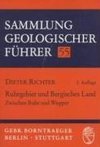
 Nemecký jazyk
Nemecký jazyk 